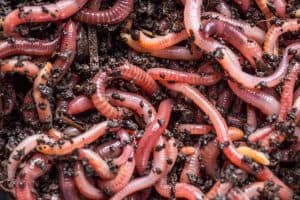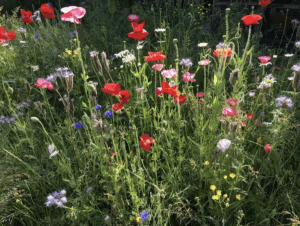Narcissus or daffodils are an integral part of our Easter celebrations and bring delight to the senses after a cold winter. Many of us grow them in pots and naturalise them in our parks and gardens but there are many interesting facts surrounding this popular plant that might surprise you.
Greek Mythology
Narcissus is named after the handsome young man Narcissus who fell in love with his own reflection and the gods turned him into a daffodil for his vanity!
Horticulture
Narcissus is the generic scientific name and the common names include daffodil, Easter lily, Lenten lily, jonquil, trumpet flower and daffadowndilly! The plants come from bulbs, which are compressed leaves with a flower initial in the centre. Bulbs are storage organs and once the plant has finished flowering needs at least six weeks to replenish the bulb for next year. There are over ten thousand species and hybrids.
Floristry
Daffodil sap is toxic to other flowers so best put in their own vase! Florists can treat them to include in a mixed bouquet but they’re best left to themselves and look better too!
Medicine
Daffodil bulbs are poisonous so be very careful not to confuse them with onions and leeks. Squirrels, rabbits and deer do not eat them so they can be used freely where these naughty pests lurk. They also contain narciclasine which scientists are working to combat aggressive forms of brain cancer. The bulbs and flowers of Narcissus and related plants also contain a compound used to treat Alzheimer’s called galantamine. Fields can be seen growing in wales specifically for this purpose and the feedback from patients is encouraging.
Garden Design
Some Narcissus will naturalise well in grass and look wonderful in drifts. There are many sizes and colours to select for the right location. They can be used along paths edges, in beds, in containers and planters but remember you will have to leave the leaves so disguising them with successional planting is the trick!
Some of them flower for a few days and others can be in flower for weeks. A lot depends on the season but you can have daffodils in flower from January to May as different types flower at different times.
Cathie’s Gardening School Services
A personalised and unique professional service tailored to your gardening requirements.
1.Horticultural consultancy teaching you in your own garden. This includes identifying your plants and how to prune them correctly at the right time of year.
2.Cathie’s Garden Army team of horticulturists can transform your garden following a consultancy. You may prefer us to do the hard work for you and pruning according to season.
3. Maintenance by team members once the garden is maintainable depending on our availability.




